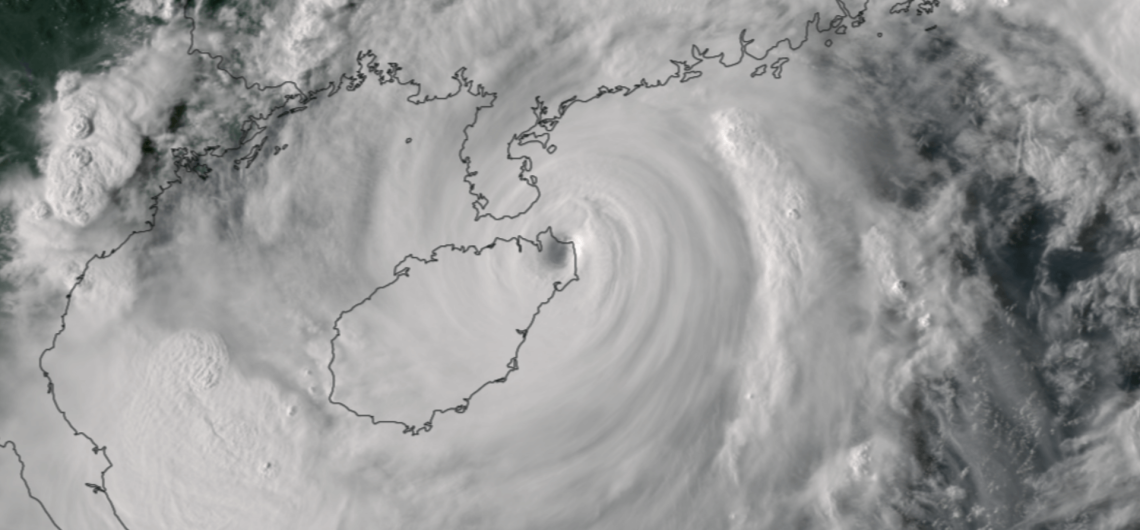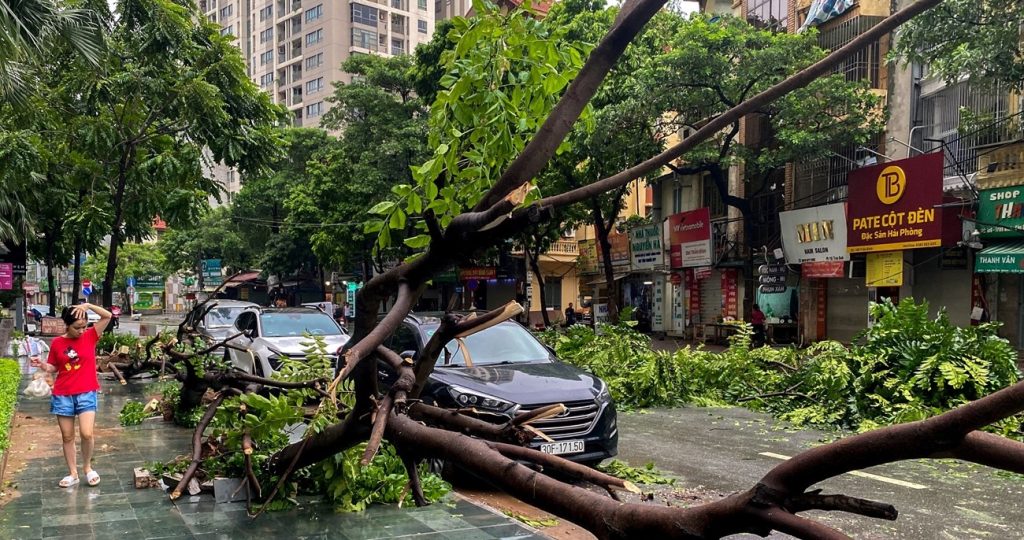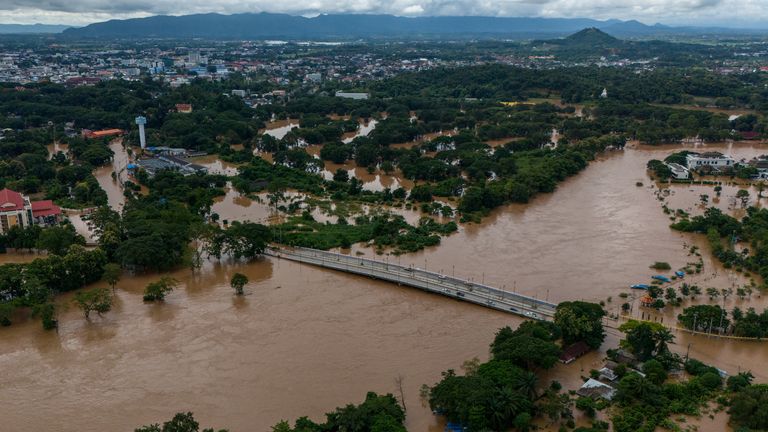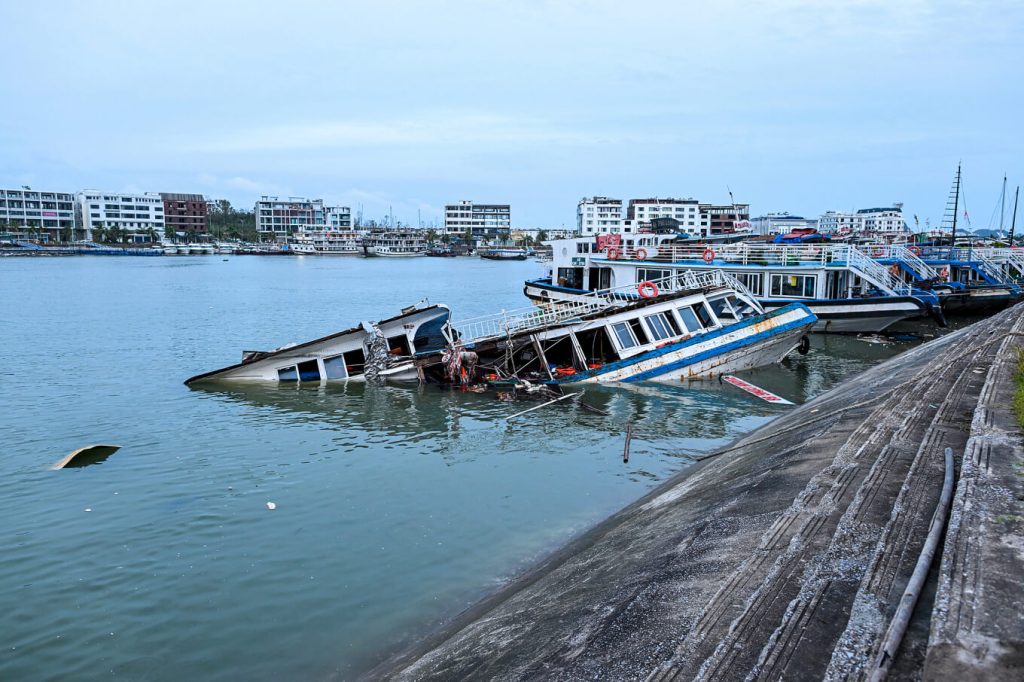Following the passage of Super Typhoon Yagi, many of you are wondering how to continue your trip or whether it is necessary to cancel your trip in the coming weeks or months. In this article, which will be updated regularly, we will explain how to travel to Vietnam after the passage of Typhoon Yagi.
What is Typhoon Yagi?
Typhoon Yagi 2024 was a powerful typhoon that hit Vietnam on September 7 this year. This weather phenomenon brought strong winds and heavy rains, causing extensive damage to the country.
The typhoon caused the deaths of dozens of people, with an estimated death toll of around 70. It also caused major destruction, including extensive damage to infrastructure such as roads, bridges, and buildings. Many homes were damaged or completely destroyed.
The cities most affected were Hanoi, the capital, where flooding was particularly severe; and Ha Long, a coastal city that suffered significant damage.
In response to this disaster, the Vietnamese government responded with emergency measures, such as evacuating dangerous areas and distributing relief supplies. Aid organizations and neighboring countries also provided assistance to support relief and reconstruction efforts.
Typhoon Floods
Following Typhoon Yagi, northern Vietnam was severely affected by severe flooding. The heavy rains that followed caused flooding in many areas.
The provinces most affected by the flooding include Quang Ninh, Ha Nam, and Ninh Binh. The capital, Hanoi, was also severely impacted, with streets and neighborhoods completely submerged by water.
The floods caused extensive damage to infrastructure, such as roads and bridges, and flooded many homes, leaving many families in dire conditions. Agricultural fields were also affected, causing significant losses to farmers.
Traveling in Vietnam after Typhoon Yagi
Updated on 13/09/2024
Hanoi
Due to the strong winds on the night of September 7, many trees fell on the roads. The roads have now been completely cleared and some of the fallen trees have been replanted. There is therefore no risk of seeing the capital completely disfigured by the typhoon.
The Red River began to recede on September 12. Some neighborhoods near the river were impacted by the rising waters. However, tourist areas such as Hoan Kiem (old quarter) were not affected.
Halong Bay
Halong Bay was closed during the typhoon. Unfortunately, some boats sank despite precautions. Today, Halong Bay is reopened to international tourism. Clean-ups are underway.
Sapa
The northern mountains have been hit by heavy rains after Typhoon Yagi. Heavy flooding and landslides have caused many casualties. Traffic remains complicated in this area and the mountain is waterlogged. We recommend that you avoid traveling to this area the next few days. The roads will be cleaned up and repaired until next week.
Ha Giang
Due to heavy rains, some roads have been partially damaged on the Ha Giang loop. Work is underway to clear and repair the roads. In this area, the risk of landslides is high and we recommend that you avoid this area until few days. At the end of September, there will be no reason to avoid to travel to Ha Giang.
Should I cancel my trip to Vietnam after Typhoon Yagi?
Under no circumstances should you cancel your trip following Typhoon Yagi. This weather event caused some impressive images but everything is getting back to normal. Trees have been replanted and clean-ups are underway after the Red River receded.
The roads to Sapa and Ha Giang has been cleaned up and repaired, you can now travel to the northern mountain. Sites such as Ninh Binh, Mai Chau, Pu Luong and Halong Bay can be visited without any problem. The capital Hanoi mainly suffered tree falls. Also, no consequences were observed on the rest of Vietnam in Danang, Hoi An, Saigon or Phu Quoc.






